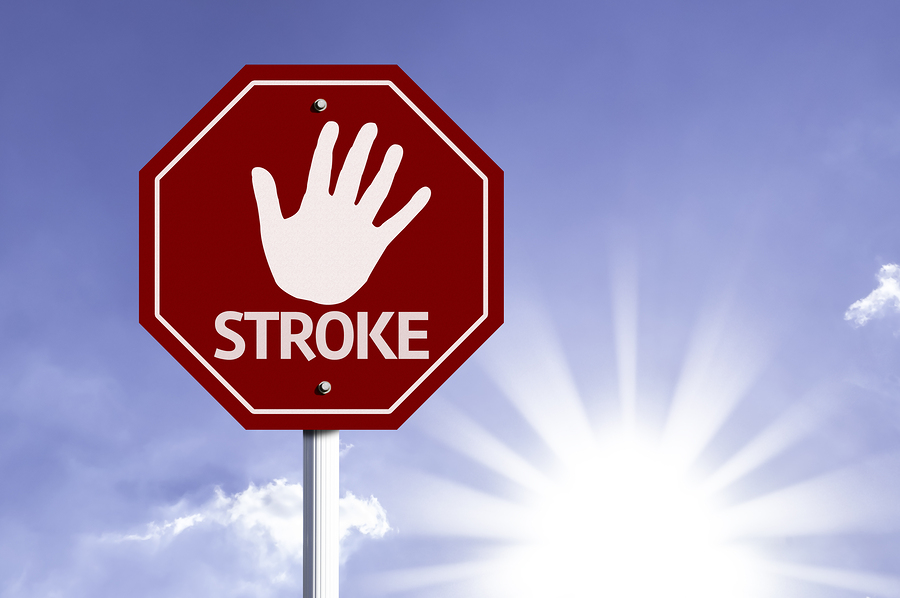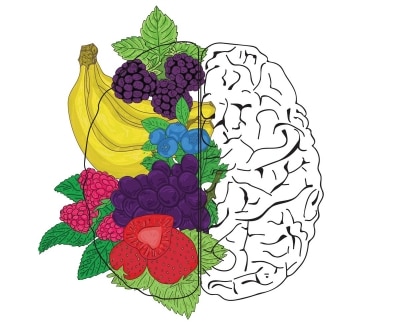Where Fun and Leadership Shine....
Who do people follow? The stern? The judgemental? The egotistical? The pessimist? The rich? The bullies?
Or: The optimist! The Cheerful! The Encourager! Those who motivate, inspire, educate! The ones who make you laugh and enjoy your journey in life!
I work with these serious light hearted leaders, shown here, who give others hope and a positive direction for their lives. You can see that they can laugh and have fun, at the same time that they are serious about making a difference in people's lives.
What other traits make for good leadership?
Oprah Winfrey: "Don't underestimate your power. Hate is potent, but so is kindness. And goodness, and grace. Use yours generously,"
As I watch the drama of leadership in U.S. politics, I see the ugliness of nepotism, lies, bullying, coverups and greed. When this happens, it affects the mood of the country in so many ways. The same goes with negative leadership in business, education, charities and community organizations.
What are the traits of great leaders you have known through the years? For me....
My university advisor: Always encouraging others, wise, kind, knowledgeable, humble.
A Business President: Flexible, Striving for Excellence, Open to New Ideas, Team Involvement for Greater Success, a Quiet Sense of Humor that Lightened Discussions and Difficult Choices.
My Father: Interested in my activities and personal growth, determined to give me a wide variety of fun and educational activities, kind, caring, a role model as a leader in business.
My Husband and Life Mate: Patient. Supportive. Loving. Respected in his career. A Family Man. Balanced. Fun with Children. Talented. Community Involvement. A Man of Deep Faith.
What is my personal goal as a leader in business? To embody as many of those above traits as possible! I care about whatever people are going through and to build them up to push through challenges and disappointments. Help people believe in themselves and to celebrate each step forward, each success large or small. Encourage team effort. Be open to change and new ideas.
And back to laughter in leadership.....to break down barriers and to help others relax and receive your message. What would you add?
Deanna Waters watersdd2@gmail.com
Or: The optimist! The Cheerful! The Encourager! Those who motivate, inspire, educate! The ones who make you laugh and enjoy your journey in life!
I work with these serious light hearted leaders, shown here, who give others hope and a positive direction for their lives. You can see that they can laugh and have fun, at the same time that they are serious about making a difference in people's lives.
What other traits make for good leadership?
Oprah Winfrey: "Don't underestimate your power. Hate is potent, but so is kindness. And goodness, and grace. Use yours generously,"
As I watch the drama of leadership in U.S. politics, I see the ugliness of nepotism, lies, bullying, coverups and greed. When this happens, it affects the mood of the country in so many ways. The same goes with negative leadership in business, education, charities and community organizations.
What are the traits of great leaders you have known through the years? For me....
My university advisor: Always encouraging others, wise, kind, knowledgeable, humble.
A Business President: Flexible, Striving for Excellence, Open to New Ideas, Team Involvement for Greater Success, a Quiet Sense of Humor that Lightened Discussions and Difficult Choices.
My Father: Interested in my activities and personal growth, determined to give me a wide variety of fun and educational activities, kind, caring, a role model as a leader in business.
My Husband and Life Mate: Patient. Supportive. Loving. Respected in his career. A Family Man. Balanced. Fun with Children. Talented. Community Involvement. A Man of Deep Faith.
What is my personal goal as a leader in business? To embody as many of those above traits as possible! I care about whatever people are going through and to build them up to push through challenges and disappointments. Help people believe in themselves and to celebrate each step forward, each success large or small. Encourage team effort. Be open to change and new ideas.
And back to laughter in leadership.....to break down barriers and to help others relax and receive your message. What would you add?
Deanna Waters watersdd2@gmail.com

















